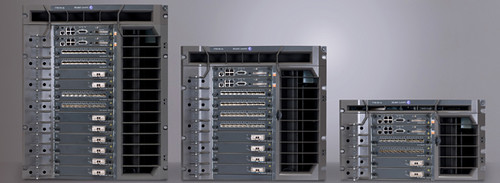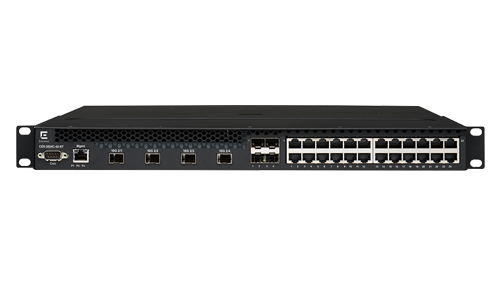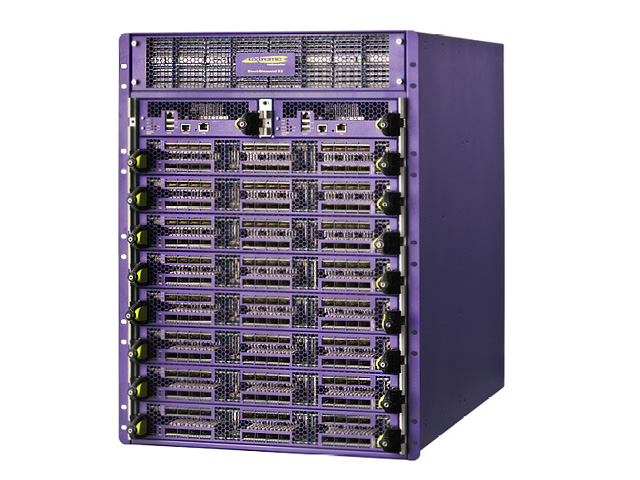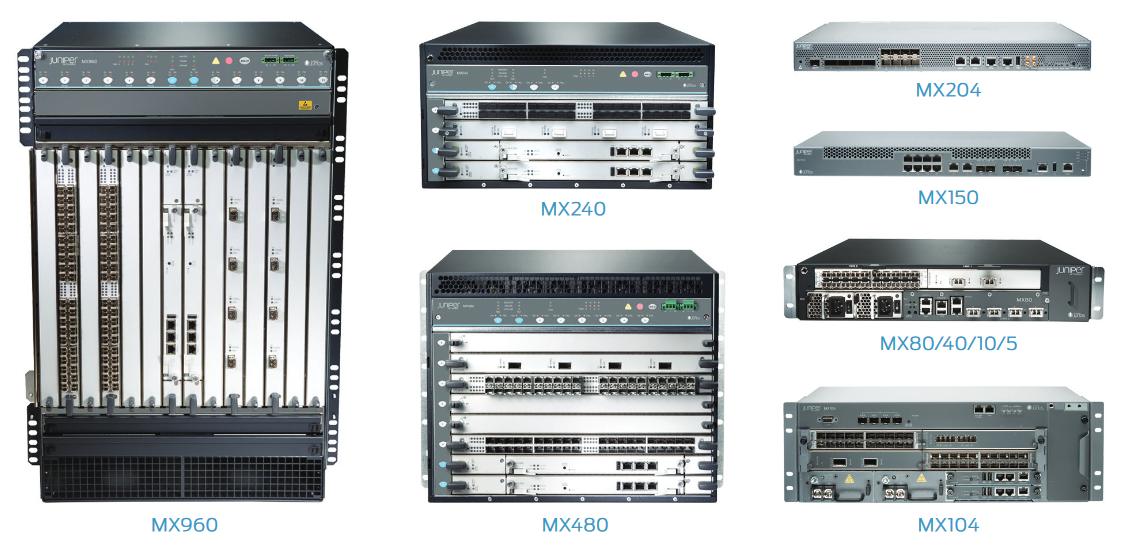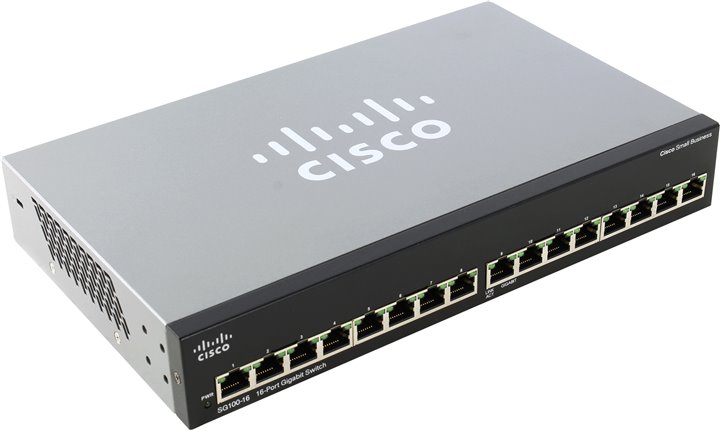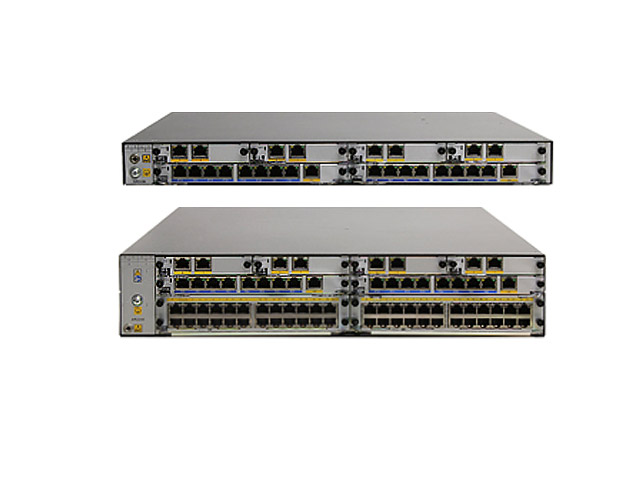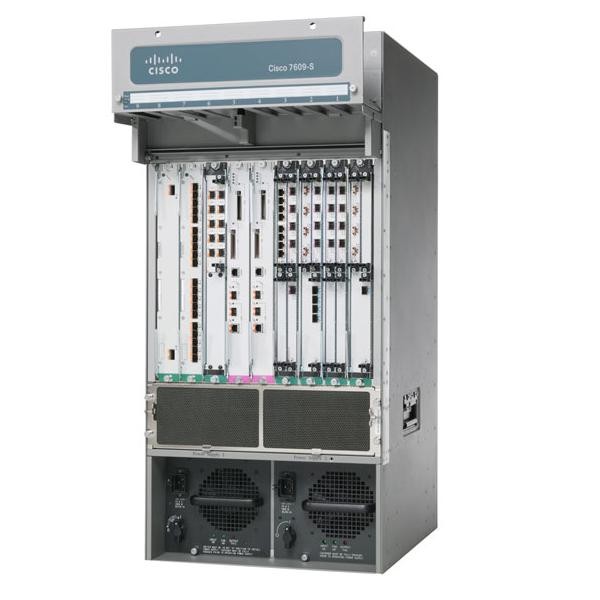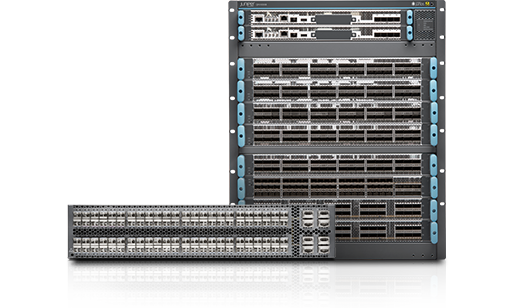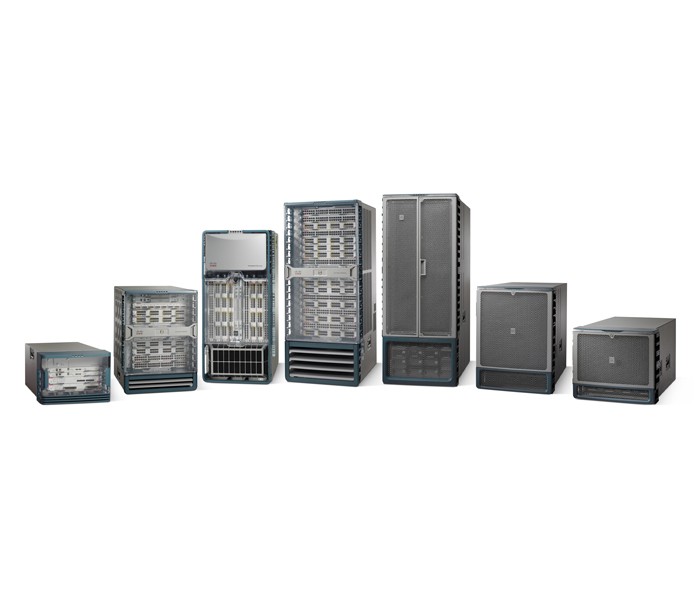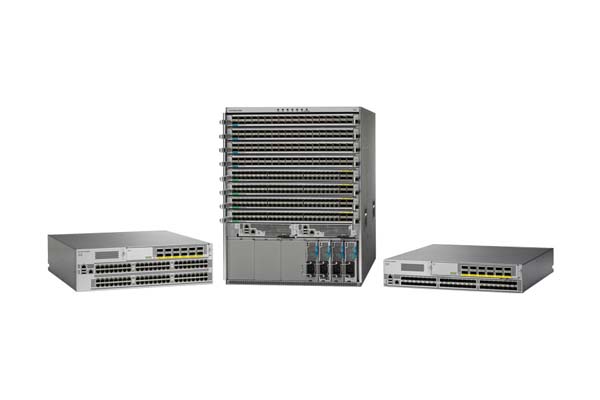
Categories
Problems that solves
Shortage of inhouse software developers
Values
Reduce Costs
Enhance Staff Productivity
Ensure Security and Business Continuity
Cisco Nexus 9000 Series Switches
Build a next-generation automated data center. Our Nexus 9000 Series delivers proven high performance and density, low latency, and exceptional power efficiency in a range of form factors. The switches operate in Cisco NX-OS Software or Application Centric Infrastructure (ACI) modes with ground-breaking Cloud Scale ASIC technology. They are ideal for traditional or fully automated data center deployments.
About Product
Description
Cloud Scale ASIC technology
Investment protection with multi-speed ports 10/25/50/100G and line rate encryption, so you can scale as needed. Integrated and streaming analytics brings advance security. Unified ports supporting 10/25GbE and 8/16/32G fiber channel provides convergence.
Programmability for DevOps
The industry’s highly programmable switch with open APIs is ideal for DevOps environments. Nexus 9000 open programmability supports built-in DevOps automation tools such as Puppet, Chef, and Ansible.
Automation
Cisco ACI makes the application the focal point of infrastructure. It enables an agile, open, and secure architecture. You can reduce TCO, automate IT tasks, and accelerate data center application deployments.
Architectural flexibility
Get energy-efficient deployment of 3-tier or leaf-spine architecture. Get flexible port configuration of 1/10/25/40/50/100 GE with storage networking support. This provides a foundation for ACI, our industry-leading automation solution.
Scalability
Gain up to 172.8 Tbps of nonblocking performance with less than 5-microsecond latency. The switches offer wire-speed gateway, bridging, routing, and our Border Gateway Protocol control plane for VXLAN. Segment routing eases virtualization.
Real-time visibility and telemetry
Built-in sensors support Cisco Tetration Analytics for rich traffic flow telemetry and line-rate data collection. Real-time buffer use per port and per queue helps keep track of application traffic patterns.



